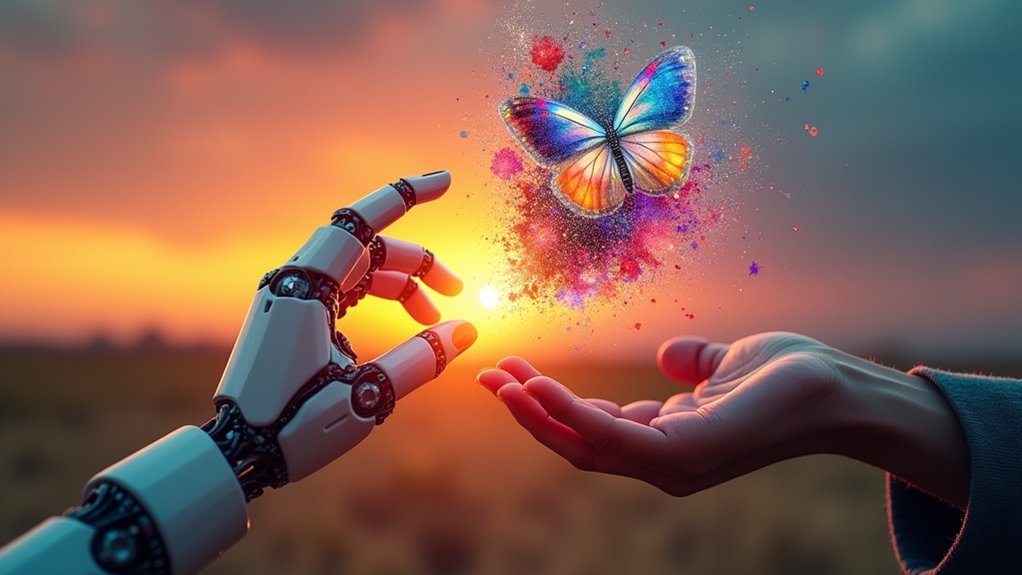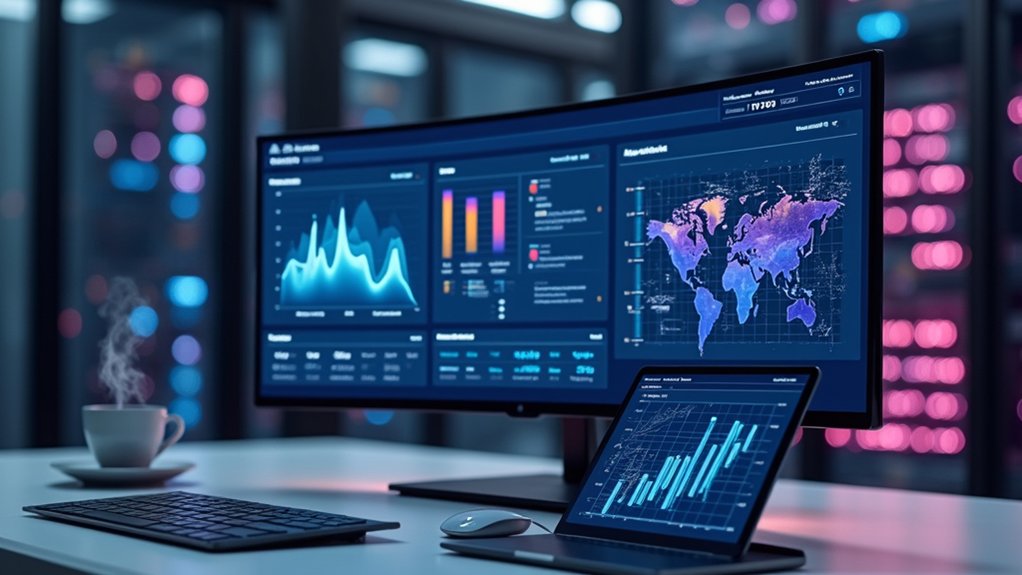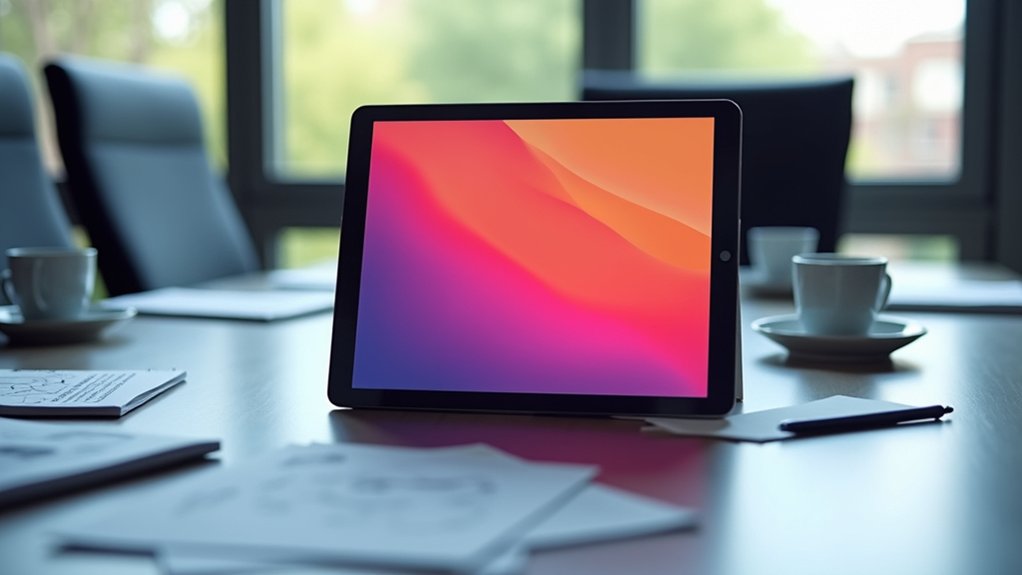Though many technophiles tout AI as the future of human creativity, the reality isn’t so simple. These digital brains have a massive problem—they’re glorified mimics. Trained on vast datasets, AI systems merely regurgitate variations of what they’ve seen before. No original thought. No true innovation. Just sophisticated pattern recognition dressed up in fancy algorithms.
AI struggles with creativity because it fundamentally lacks understanding. It processes words and images without grasping their meaning or context. Seriously, try explaining a joke to a chatbot. The awkward response tells you everything you need to know about AI’s creative limitations. It can’t reason beyond its programming or adapt to novel situations without explicit instructions. Kind of a creativity killer, right?
AI stumbles at creativity’s threshold, processing without understanding—a digital parrot without the punchline.
The data dependency issue is no small matter either. AI’s “creative” output is entirely based on what humans have already created. It’s like asking a parrot to write a symphony. Sure, it might produce something that sounds nice, but it’s just remixing sounds it’s heard before. Original? Hardly.
That said, AI isn’t useless in creative processes. It excels at mundane task automation, freeing humans from the boring stuff. Need to sort through thousands of images? AI’s your guy. Want to brainstorm ideas? AI can help, though it needs your direction first. The key is using AI as a collaborative tool, not a replacement for human ingenuity. AI primarily serves to support humans in generating ideas rather than creating fundamentally new ideas on its own.
In creative industries, AI generates content, composes music, and aids design. But the outputs often lack emotional resonance. The music sounds mechanical. The art feels soulless. Without human oversight, it’s just technically correct but creatively bankrupt. Proper data visualization capabilities allow AI to present creative works graphically, but this doesn’t solve the underlying creative limitations.
Improving AI creativity means addressing its programming constraints and developing better contextual understanding. We need systems that can truly comprehend human experience, not just mimic it. Until then, AI remains a helpful assistant in the creative process—not the genius artist some claim it to be. Human creativity, with all its messy glory, still reigns supreme.




